When London’s population exploded outwards in the nineteenth century the surrounding countryside was flooded with buildings and people that became part of the new metropolis.
The Trinity Green almshouses on the Mile End Road are an island of the old countryside that remains from earlier times but is now surrounded by the East End. Built a mile from the Thames in 1695 to provide accommodation to former sailors and their families who had fallen on hard times, there were originally 28 houses and a chapel. It would have been easy for the inhabitants to walk through fields down to the waterside to watch the boats traveling up and down the Thames and keep in touch with old friends from the sea. These days they would have to cross the busy Mile End Road and a network of streets to get there.
The houses were threatened with demolition at the end of the expansionary nineteenth century but this plan was defeated by a novel public campaign and they became the first buildings put on a preservation register, which evolved into the listed building system. They were formally Grade I listed in 1950.
Unfortunately the almshouses were not so lucky in the twentieth century, taking a direct hit from the Luftwaffe in 1941 when several houses were destroyed and others damaged. The London County Council bought and restored the survivors after the war and they have done a good job. The listing system has also worked well to maintain the standard and sympathetic nature of the up keep of the buildings.
The dimensions of the plot of the almshouses are marked on Mile End Road by these outbuildings on each side of the development.
A plaque explaining the purpose of the houses and their origination is front and centre on both of them.
The sea-faring nature of the original inhabitants is indicated by the model ships on their roofs.
If you push one of the green gates on the side of these buildings you find yourself in the garden of the almshouses.
On the spring day I visited, the sun was shining as though it was the middle of summer and residents sat on the porches outside their houses, enjoying the weather, drinking cups of tea and reading books. It was very sociable with neighbours chatting to each other across the lawn.
The old chapel at the end of the plot is no longer a place of worship and is used as a community centre these days. It remains an attractive building with a lovely balance to its pre-Georgian design and steps that lead pleasingly to a sturdy door that looks sadly long unopened.
To the left side of the chapel stands an extraordinary brass lamppost which looks like the one discovered by Lucy Pevensie when she ventured through the back of the wardrobe into Narnia. It is a candidate for London’s finest lamppost.
The shiny brass lamp catches the sunlight as it sits atop a twisted iron post.
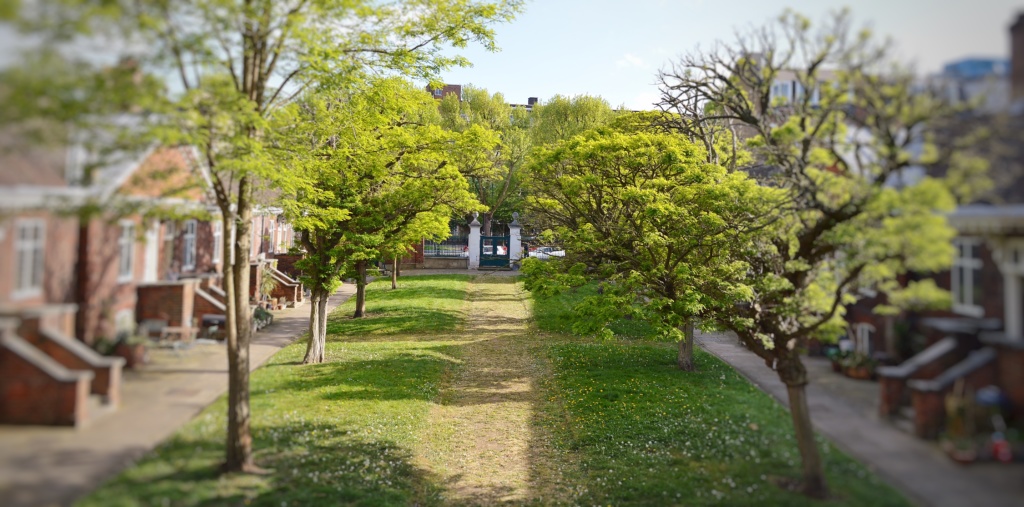 There was a party of three locals having a cup of tea and a natter which I interrupted to ask some questions about the history of the place. They were happy to chat to me, surprisingly knowledgeable about the history of the almshouses and the local area and quick to say how lucky they were to live in such a place. Although the Mile End Road was visible it was barely audible and, as cats lazed in the prematurely hot spring sunshine and birds sang in the branches of the trees it would have been hard to disagree with them. A marvelous place.
There was a party of three locals having a cup of tea and a natter which I interrupted to ask some questions about the history of the place. They were happy to chat to me, surprisingly knowledgeable about the history of the almshouses and the local area and quick to say how lucky they were to live in such a place. Although the Mile End Road was visible it was barely audible and, as cats lazed in the prematurely hot spring sunshine and birds sang in the branches of the trees it would have been hard to disagree with them. A marvelous place.
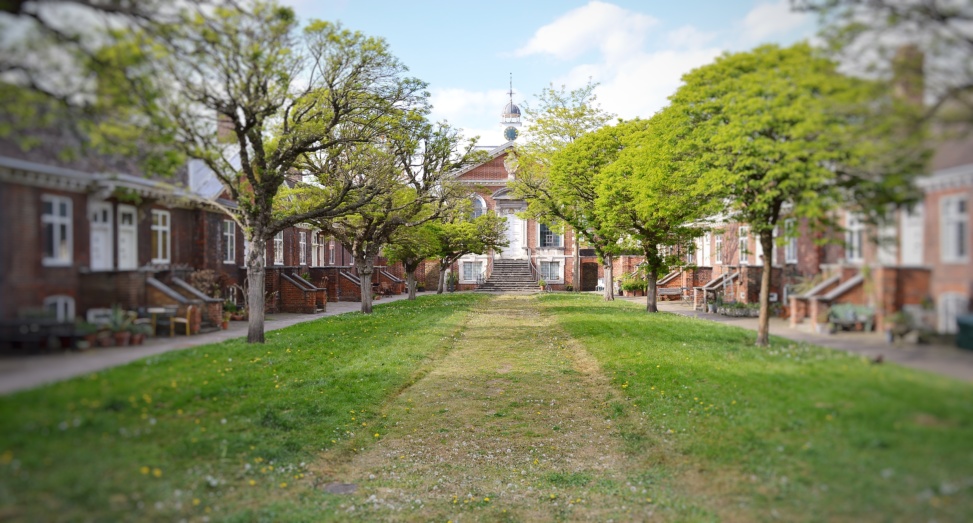
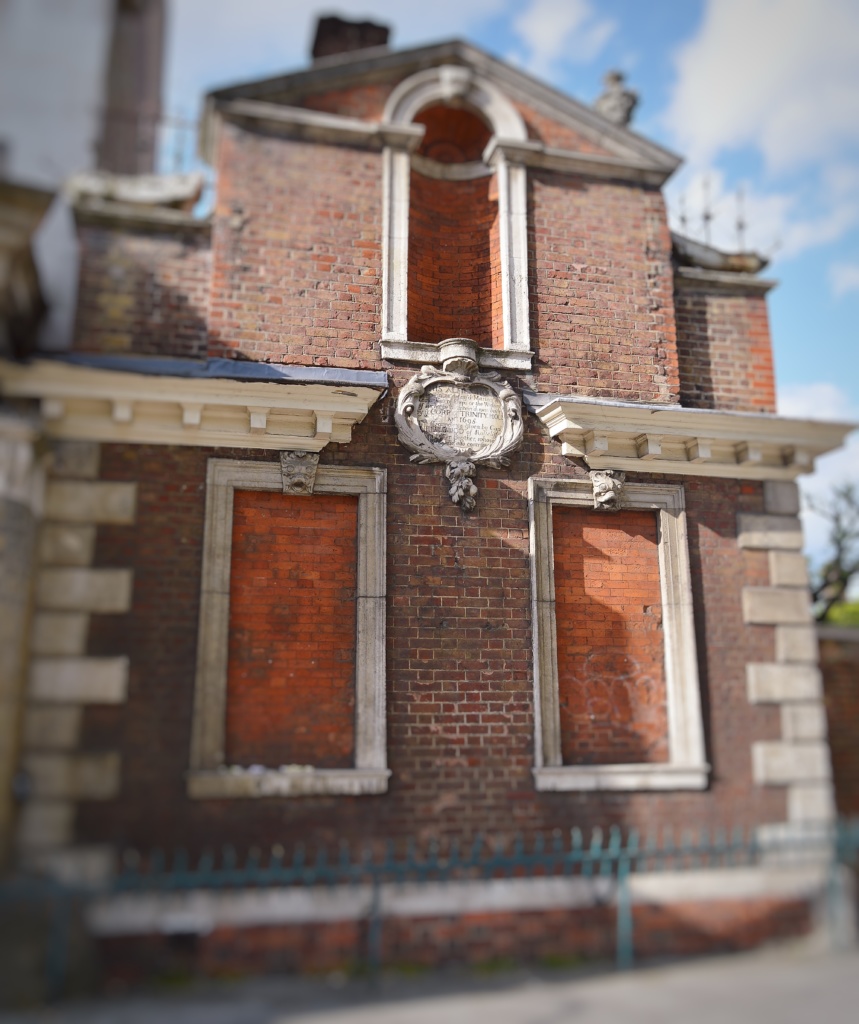

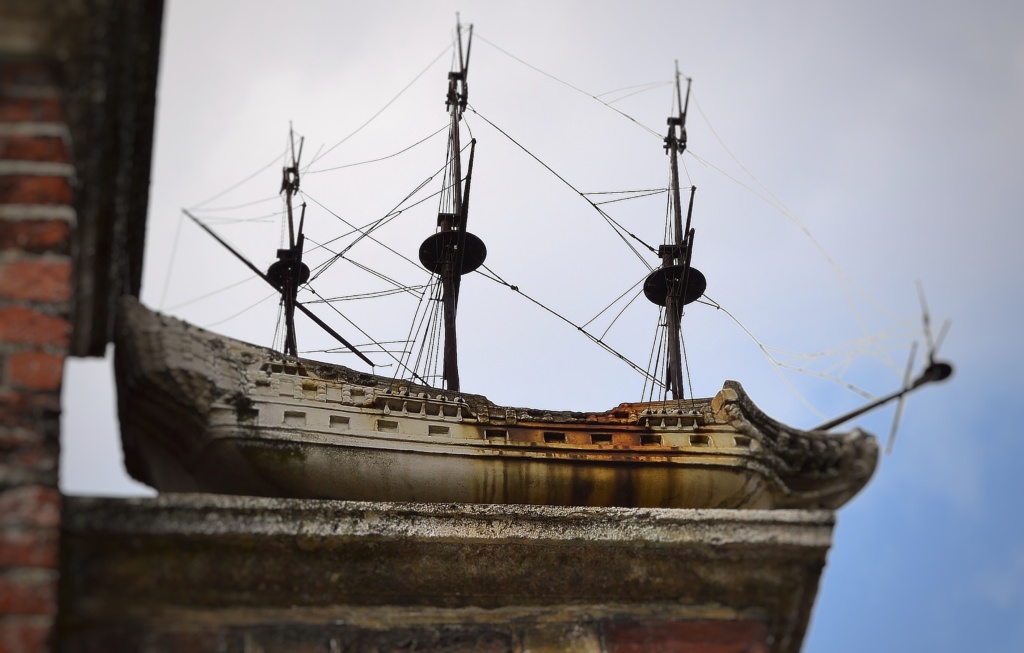
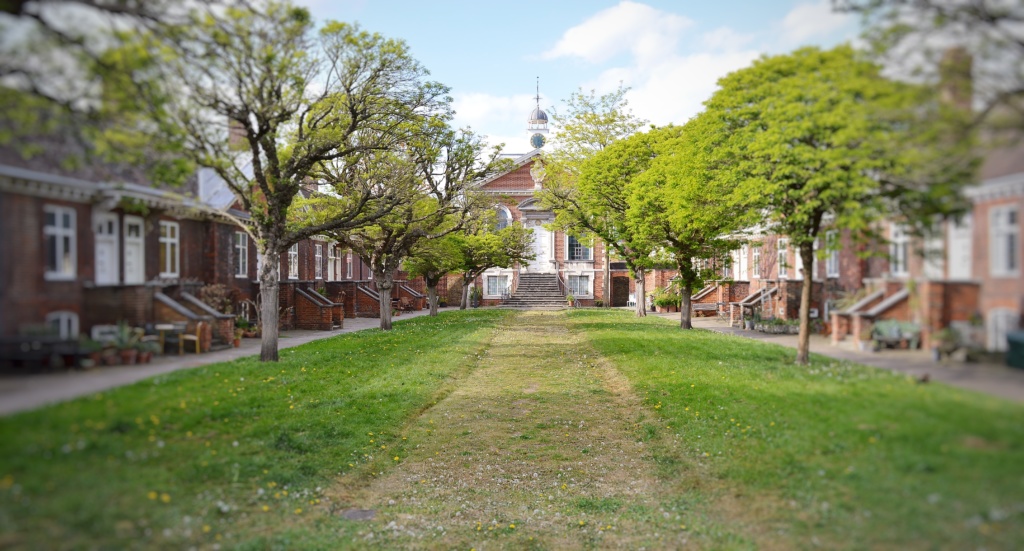
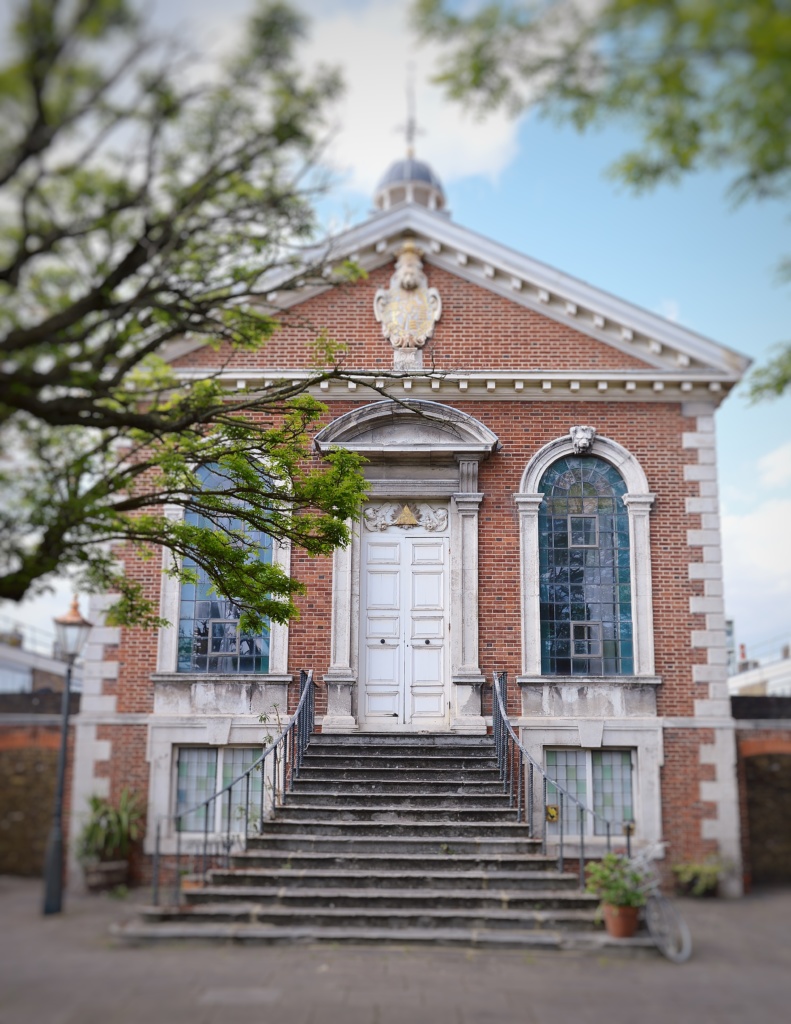
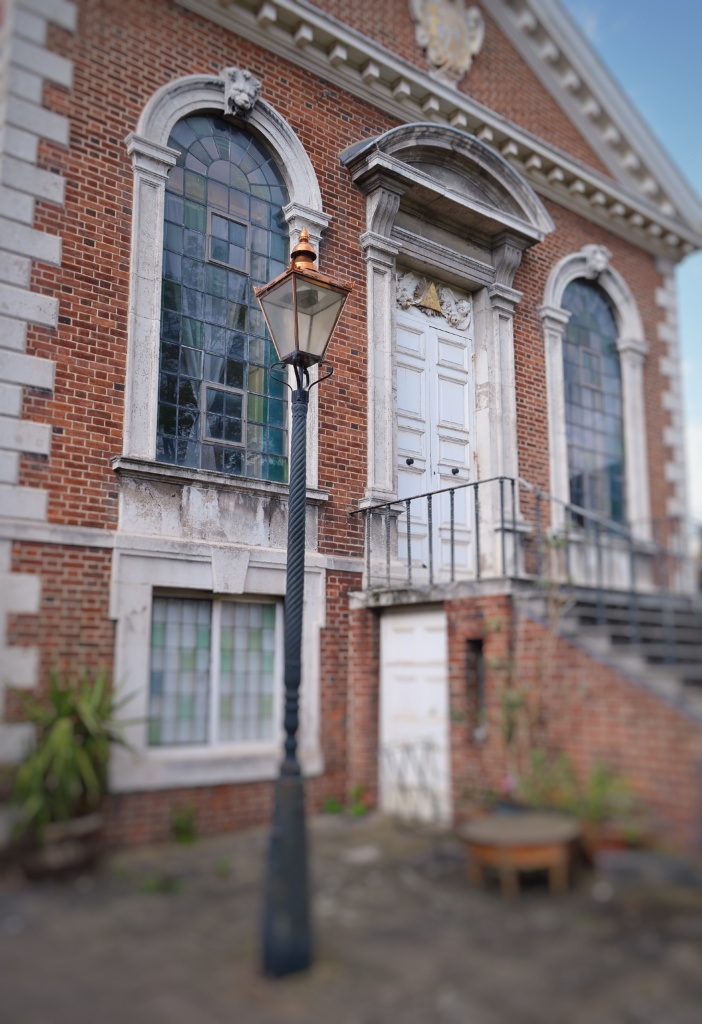
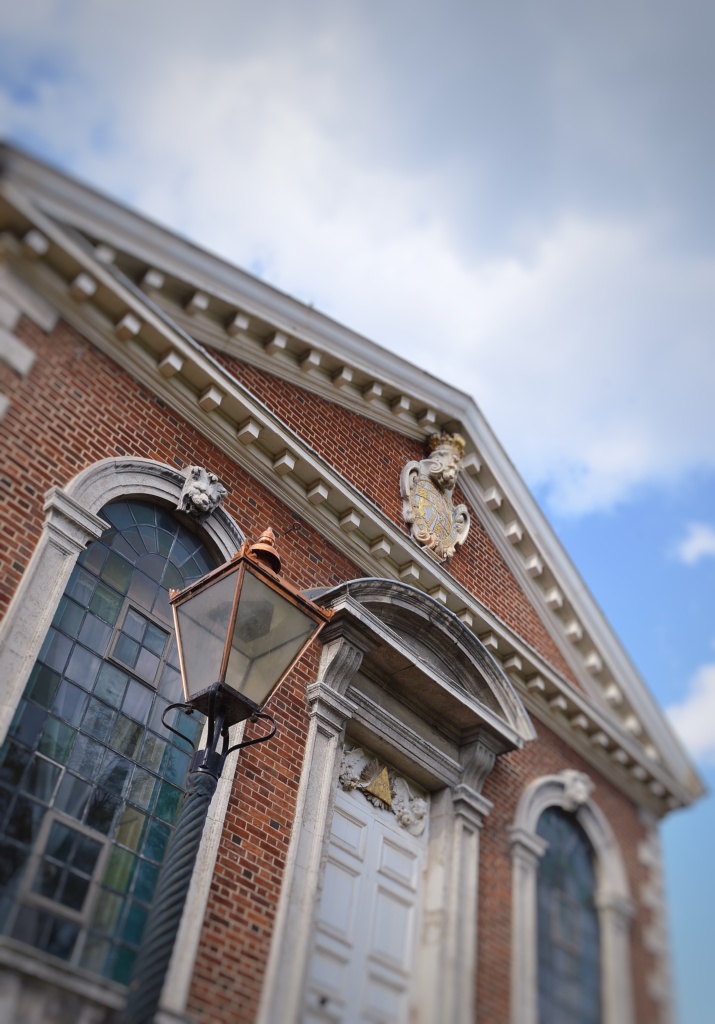
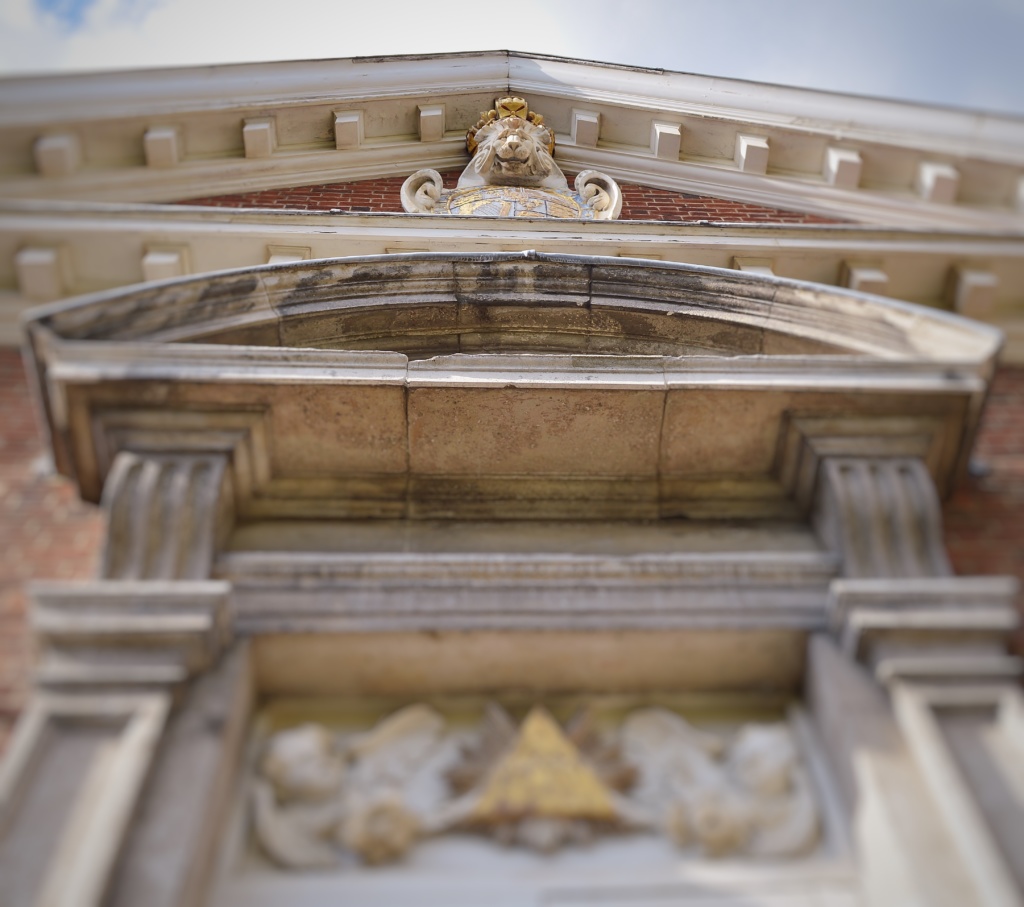
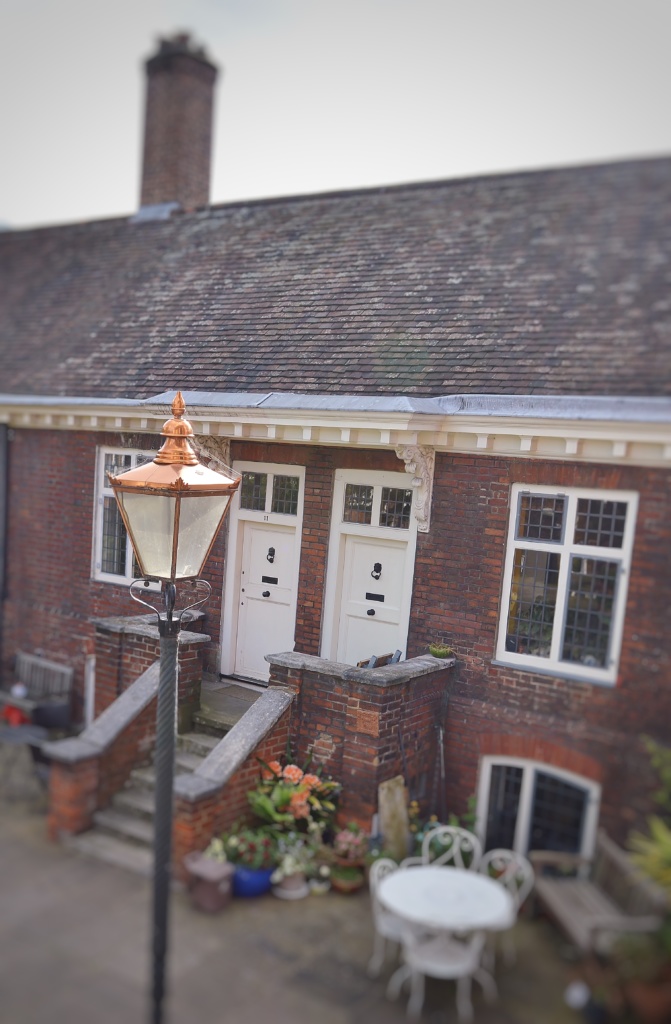
Fiona
Thank you so much for posting this, I am currently researching Captain William SMITH, Mariner, who probably lived here before his death in 1847, certainly his wife did from 1851-1875.
admin
My pleasure, Fiona.
May I ask why are you researching Captain Smith?
Jane
For some years I have been researching the Irvine family who originally came from the Orkney Islands in, I believe, around the 1830s. Most of them were employed as Trinity House pilots or ship’s captains. Through the census returns I have been investigating the locations of where they lived, although regrettably most of their homes have long since been demolished. I have been cross-checking the streets where they once lived from old maps, comparing them to Google maps and it was quite by chance I managed to work out where ’25 Trinity Ground’ was on Mile End Road. I was absolutely delighted to find your website with the history and photos of these alms houses where George Irvine (1797-1863) and his wife Catherine lived. Thank you very much indeed for putting this information on the internet.
TheLondoni
If you get a chance to visit the Almshouses, I recommend that you do. They are a special little world even today.